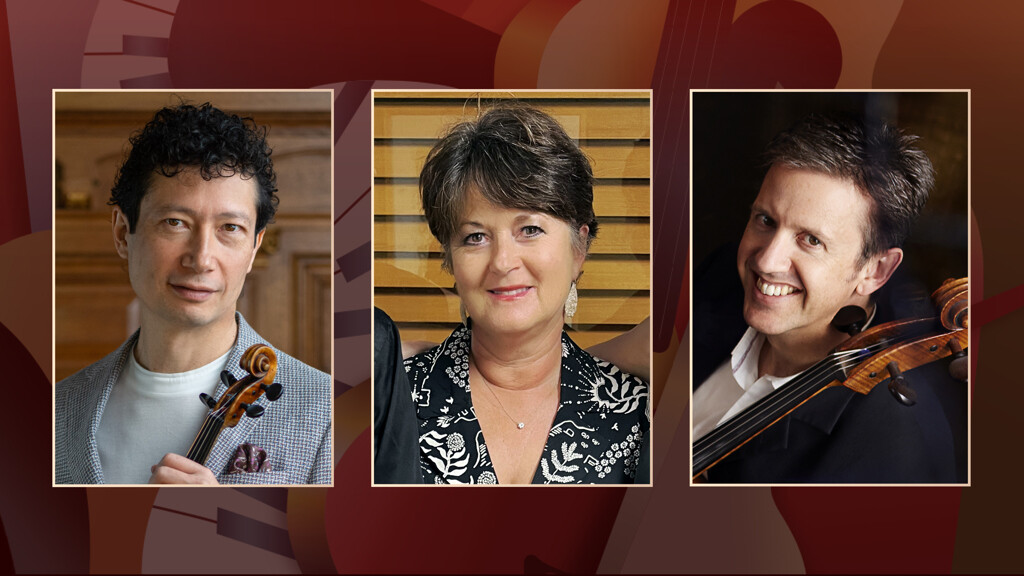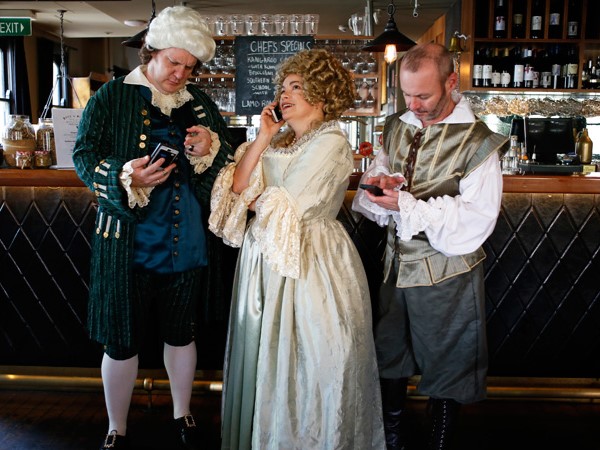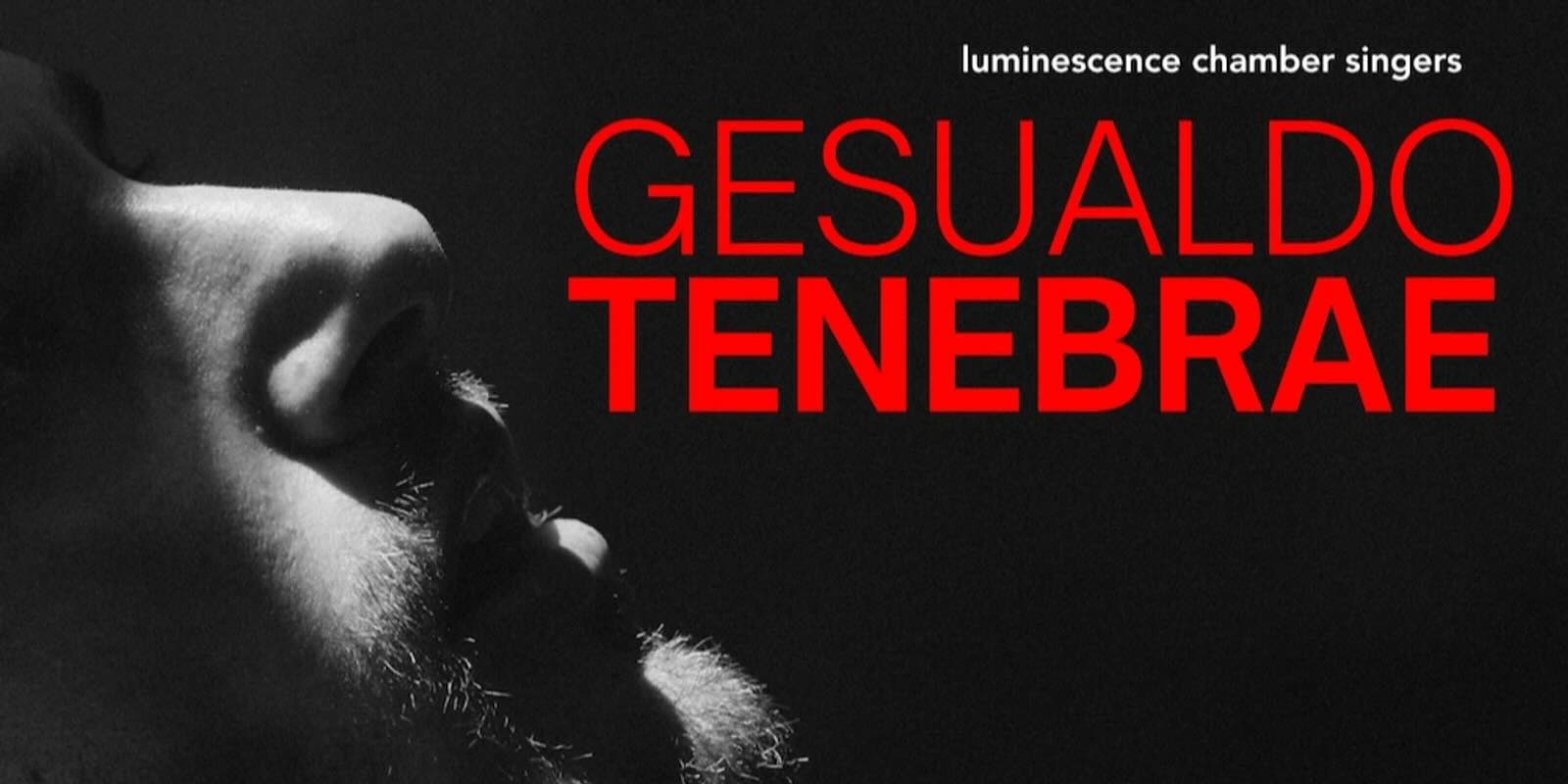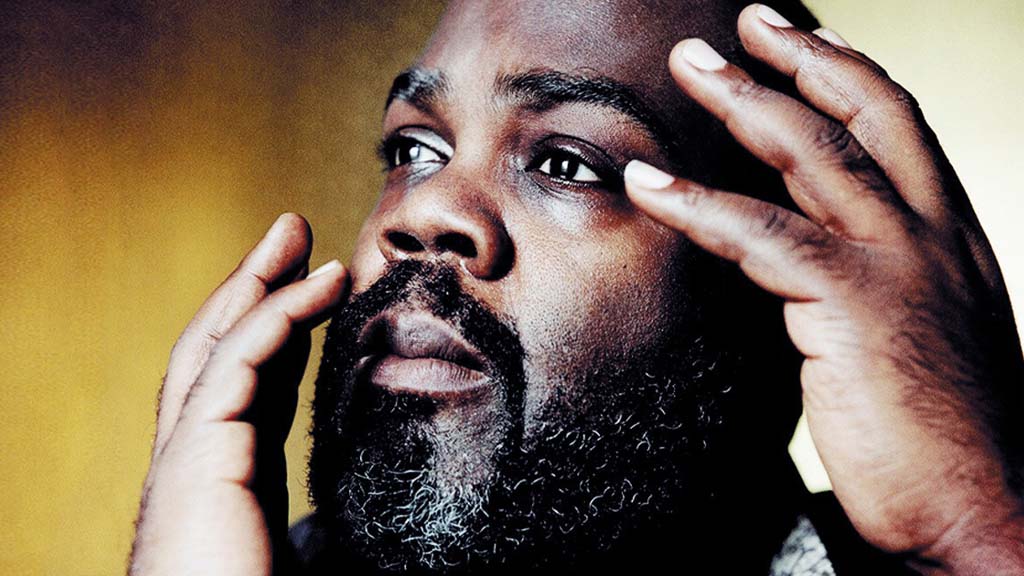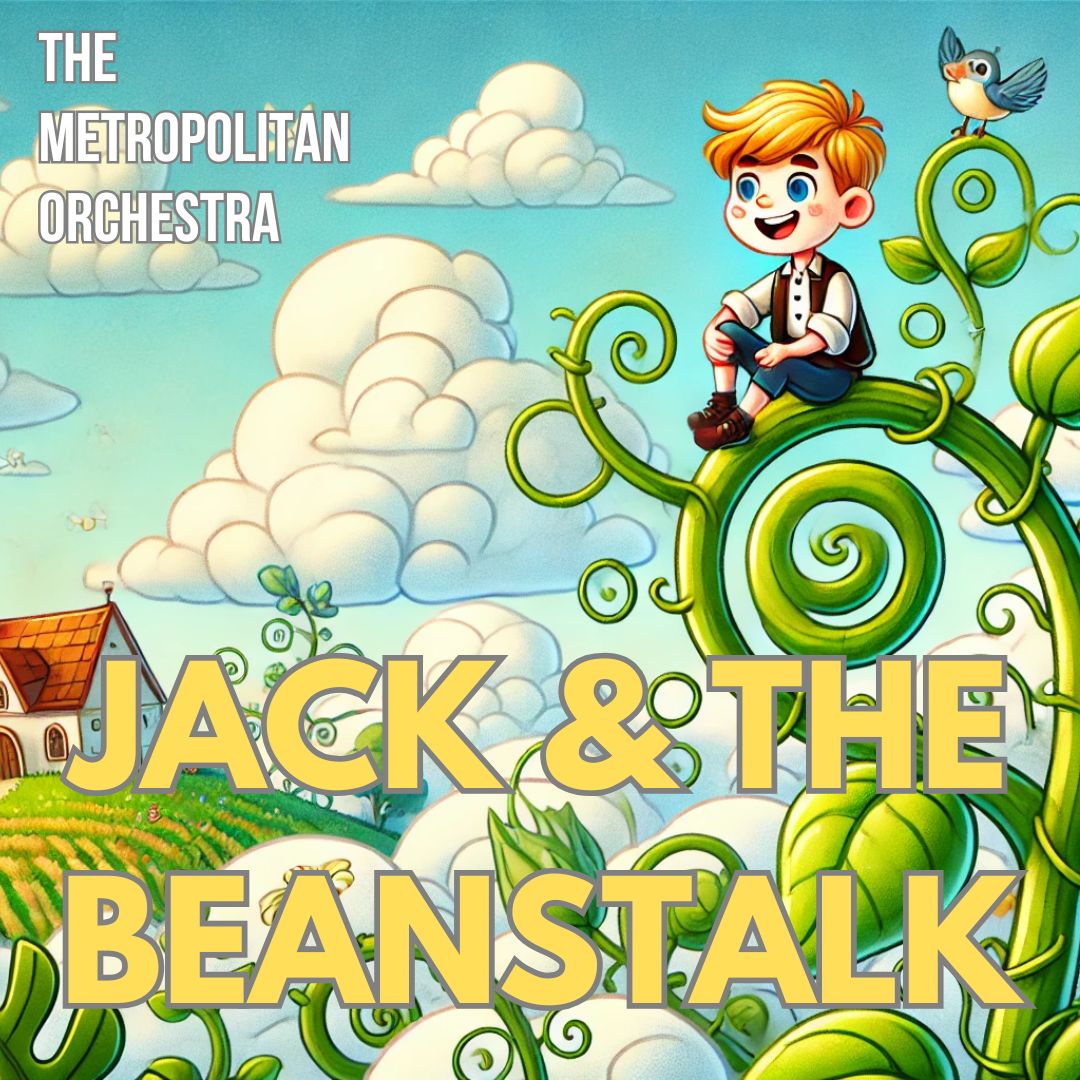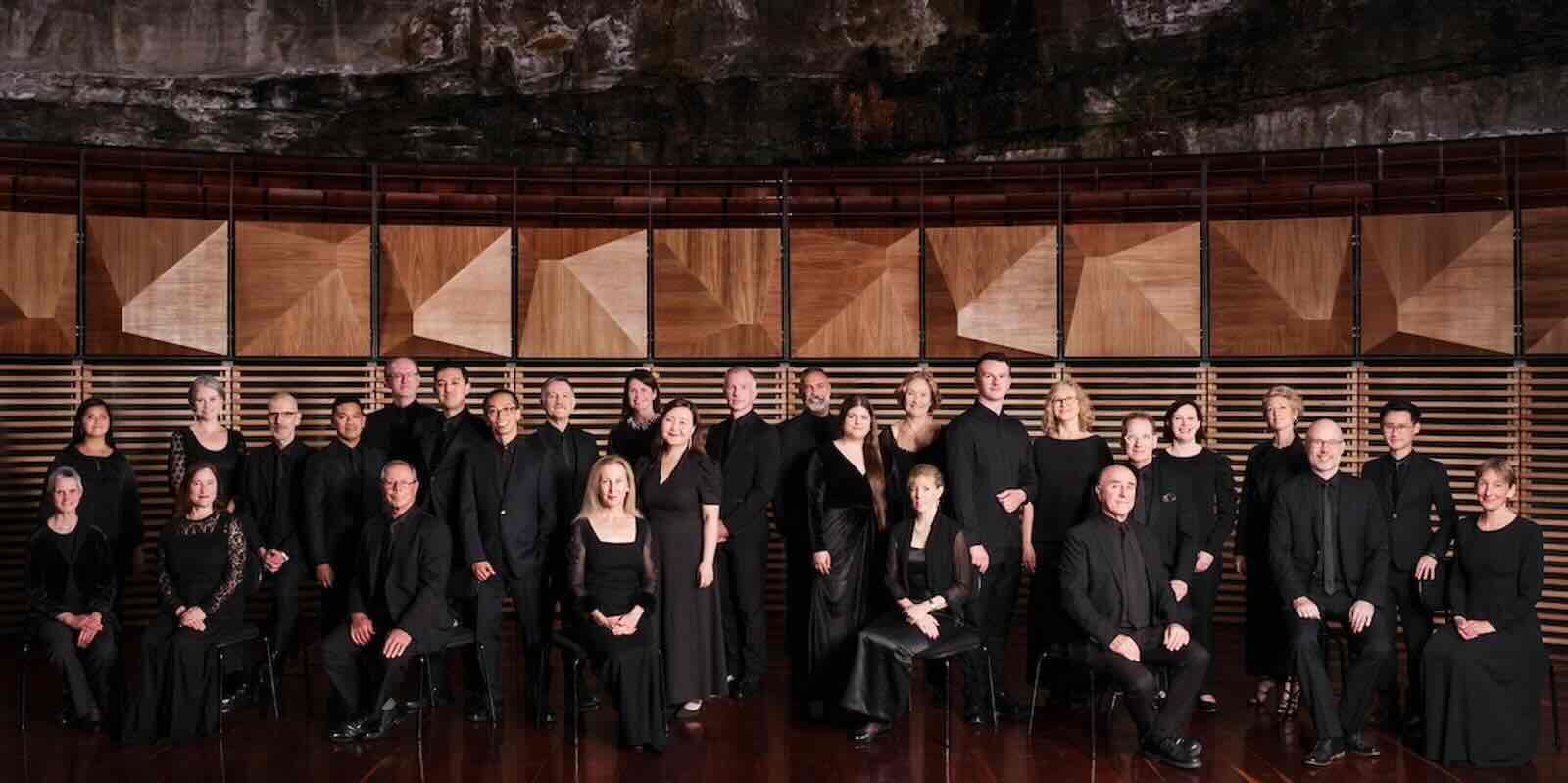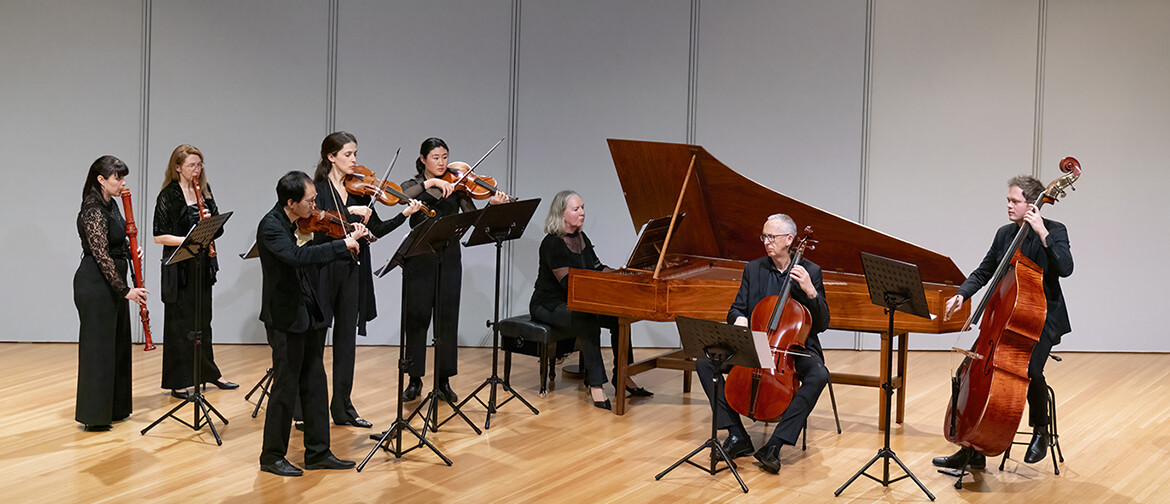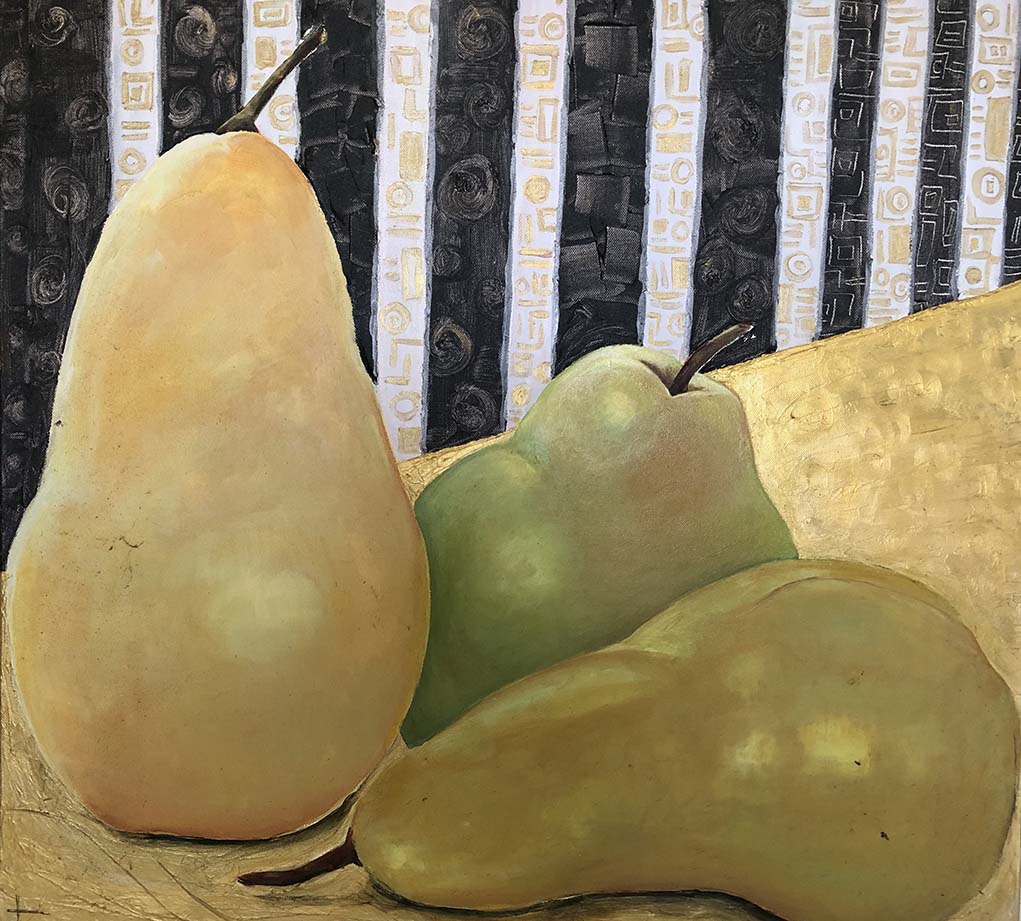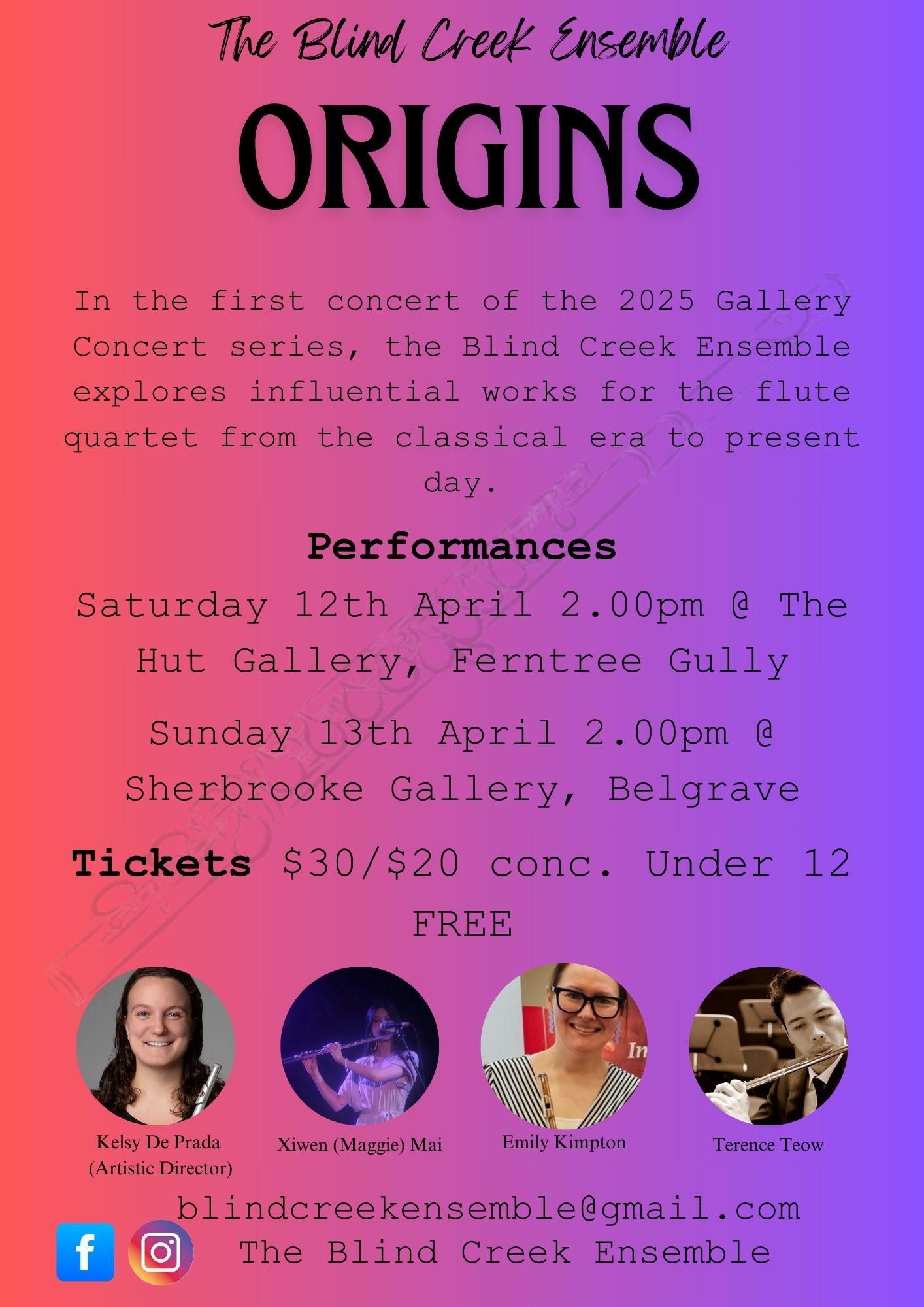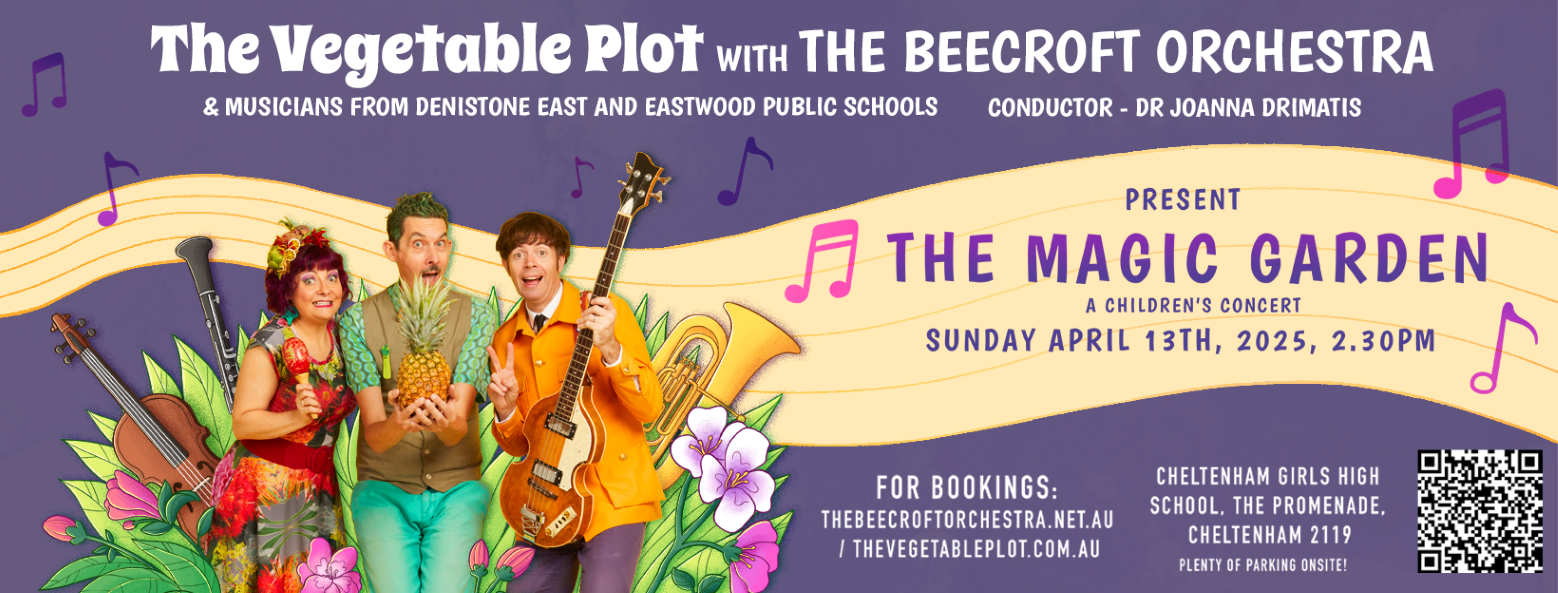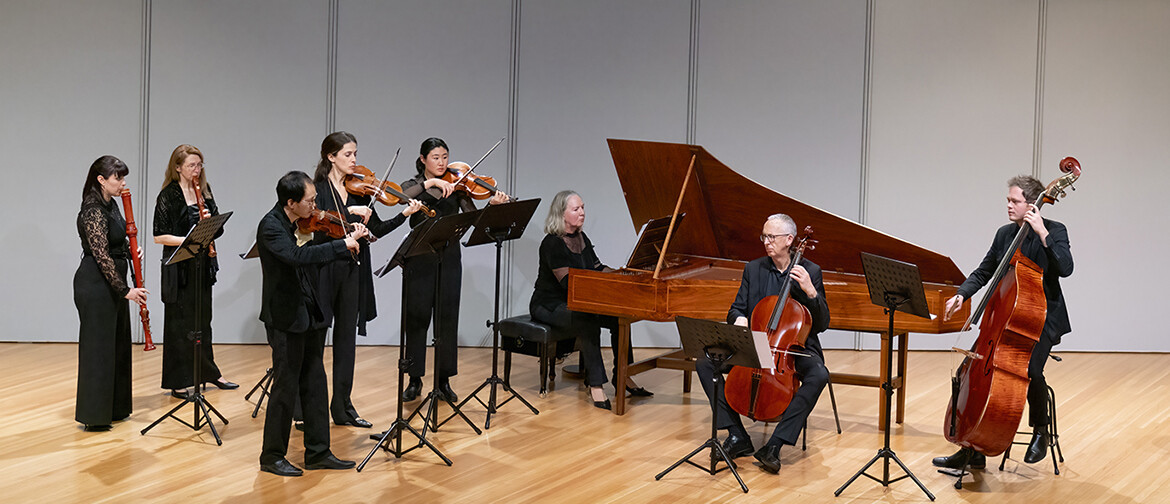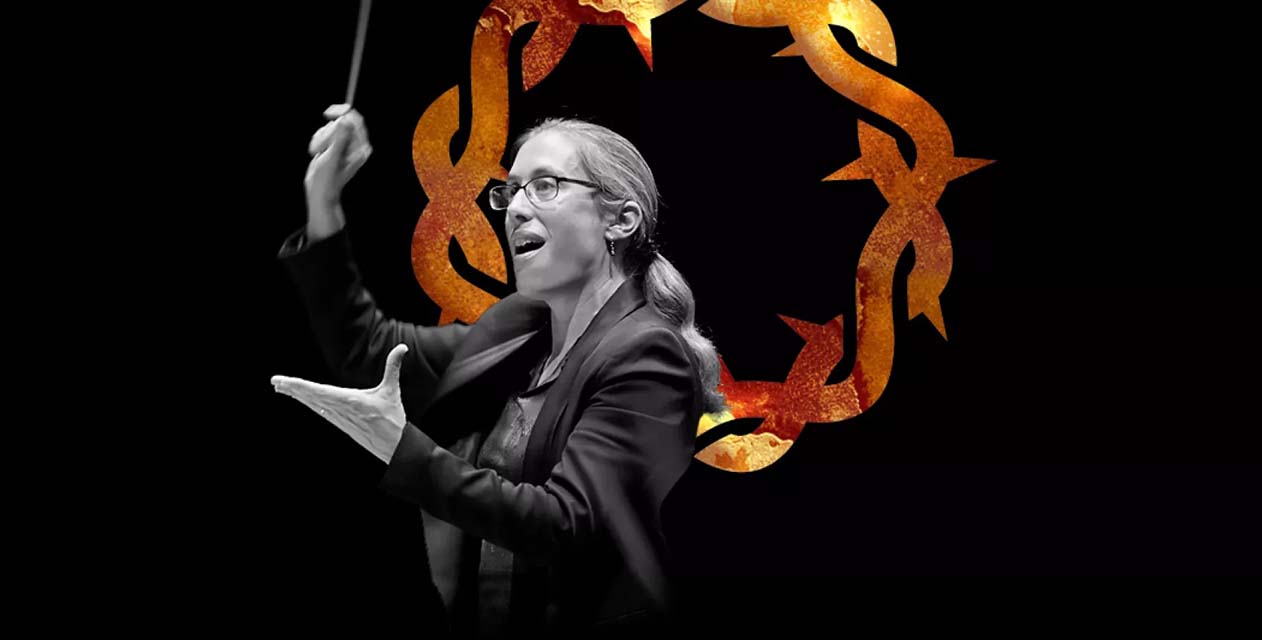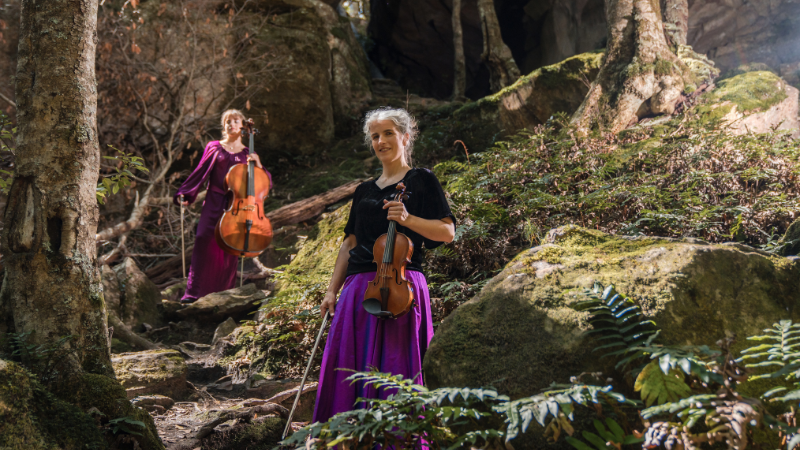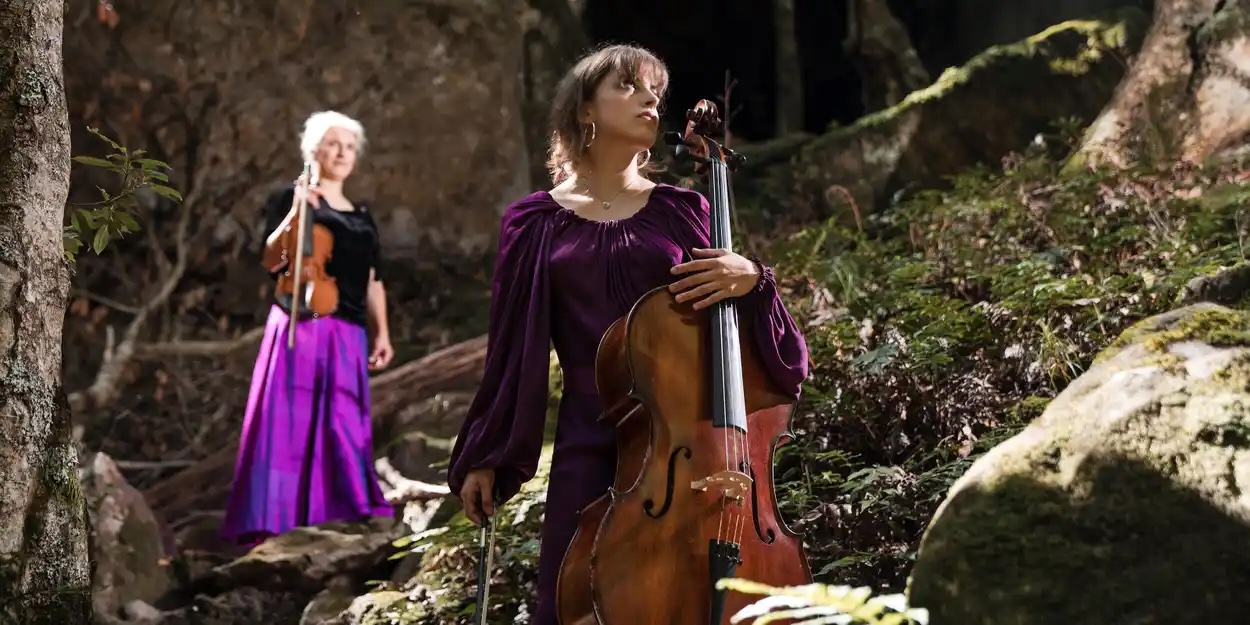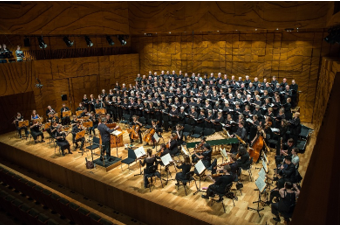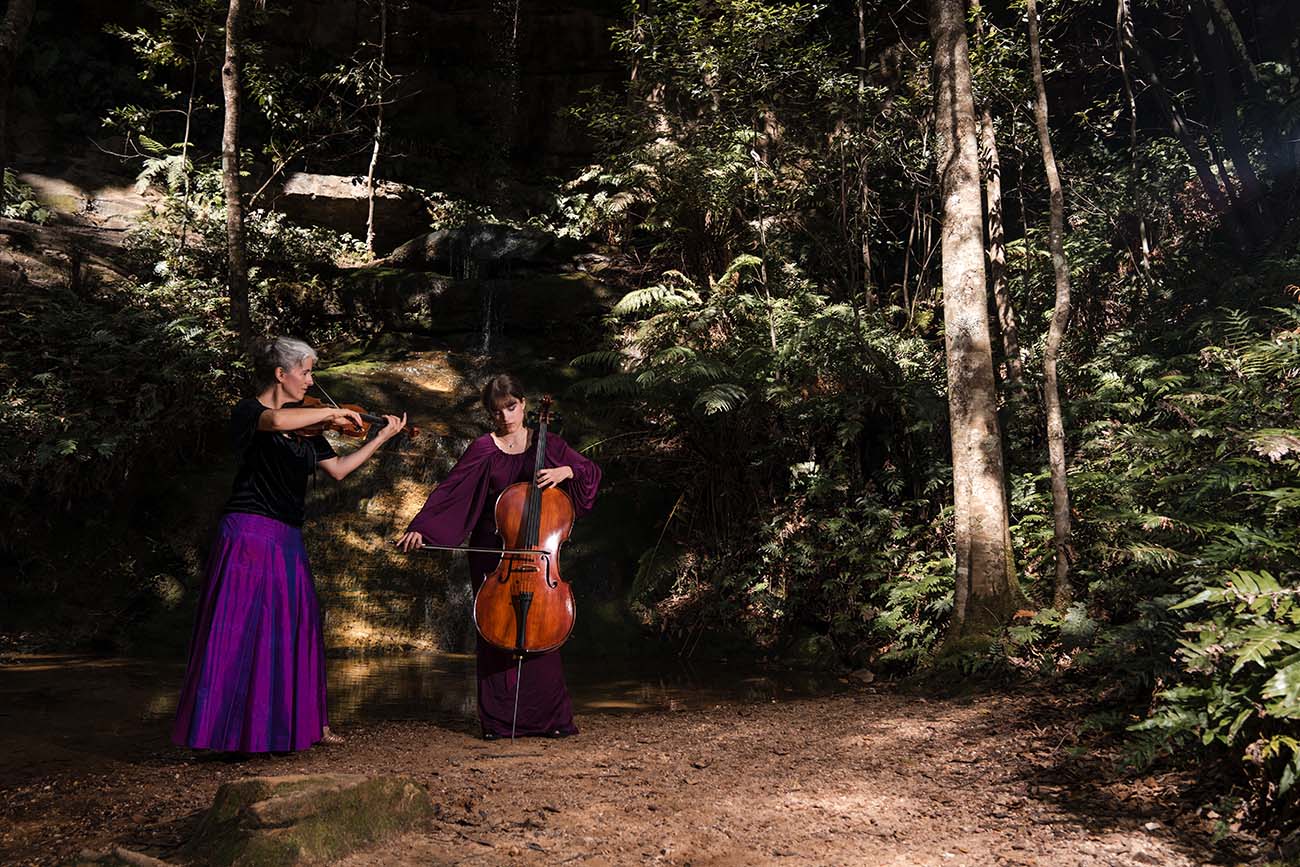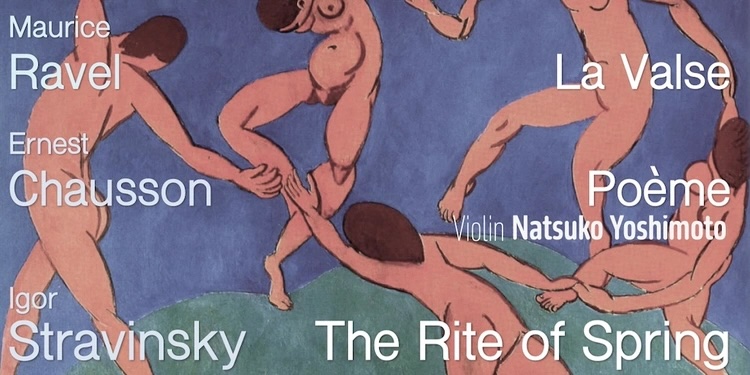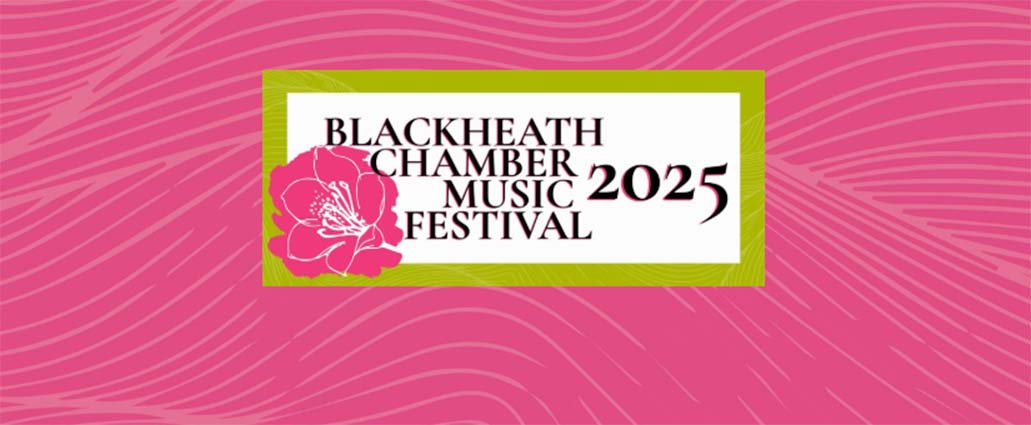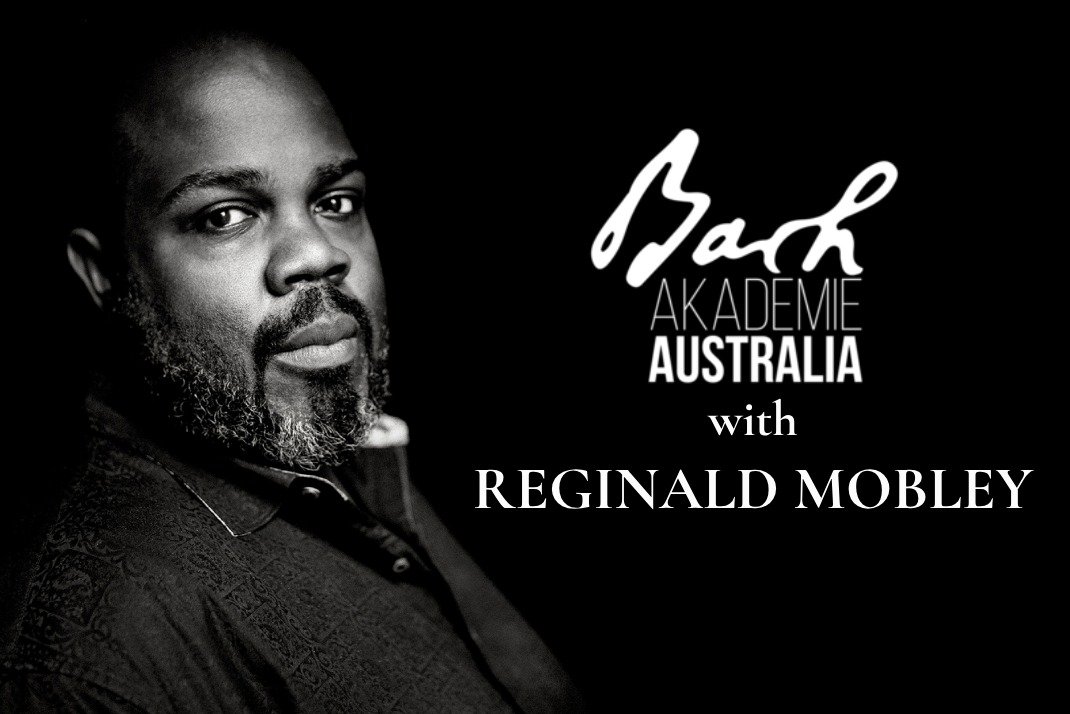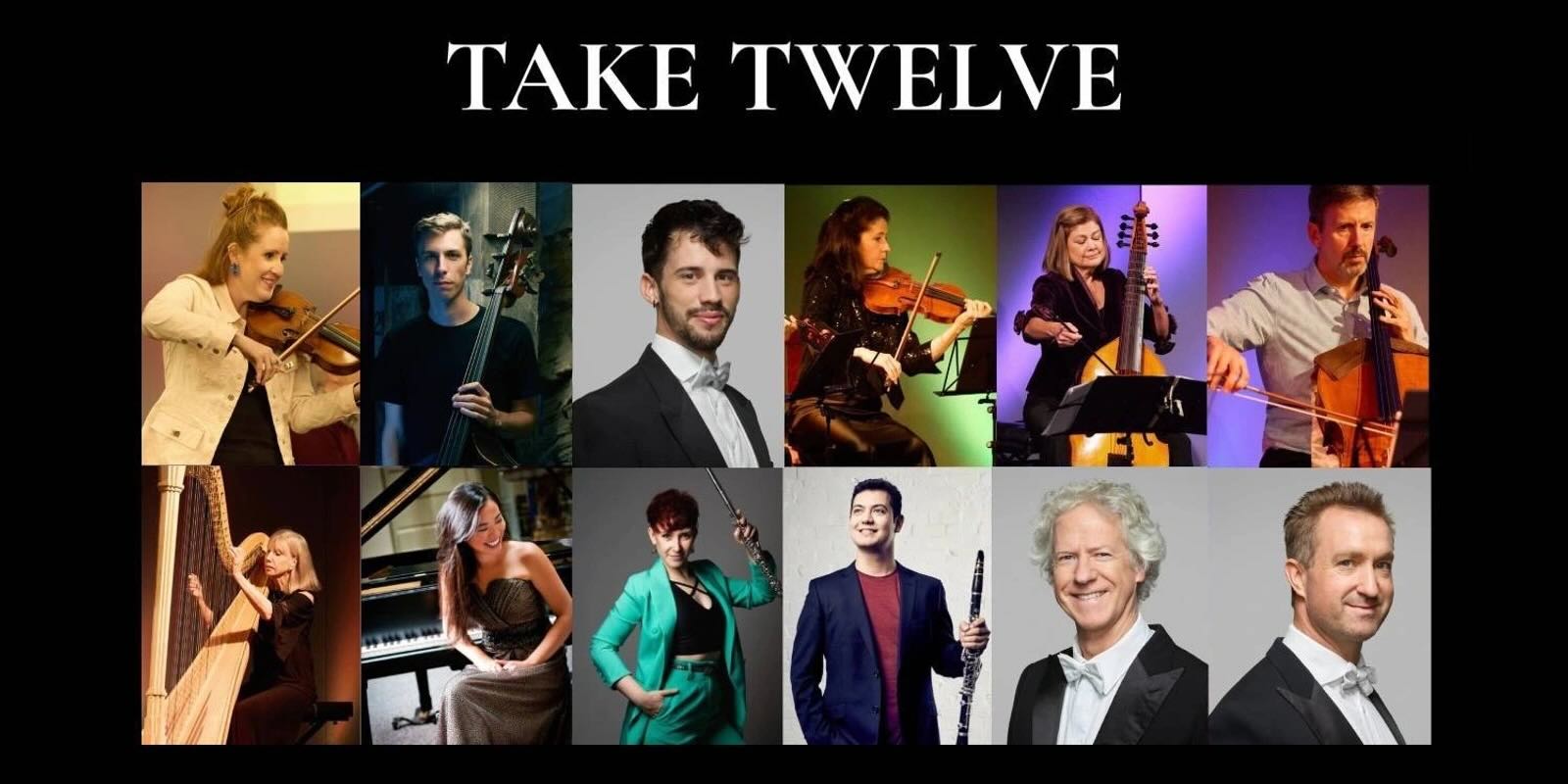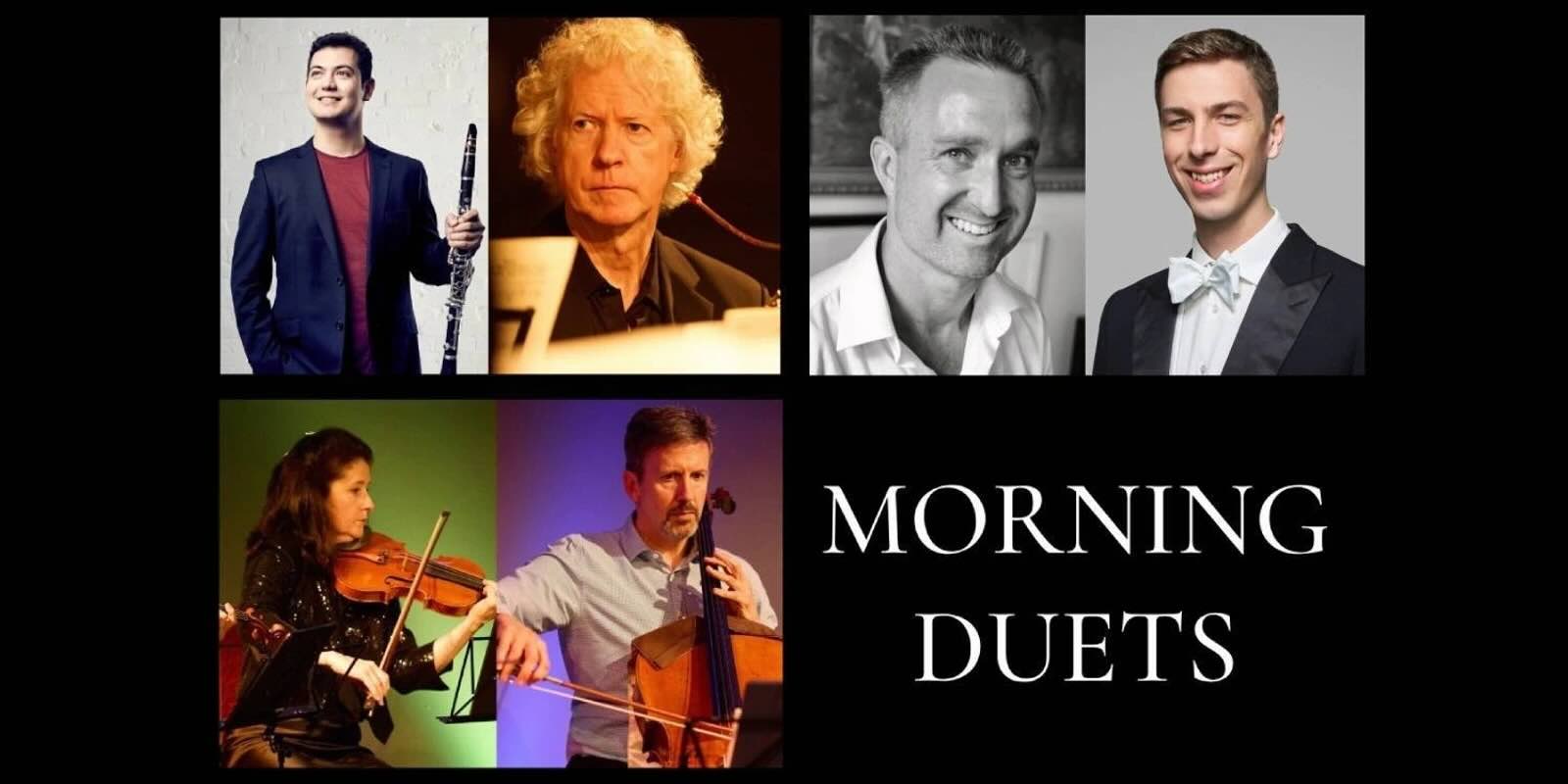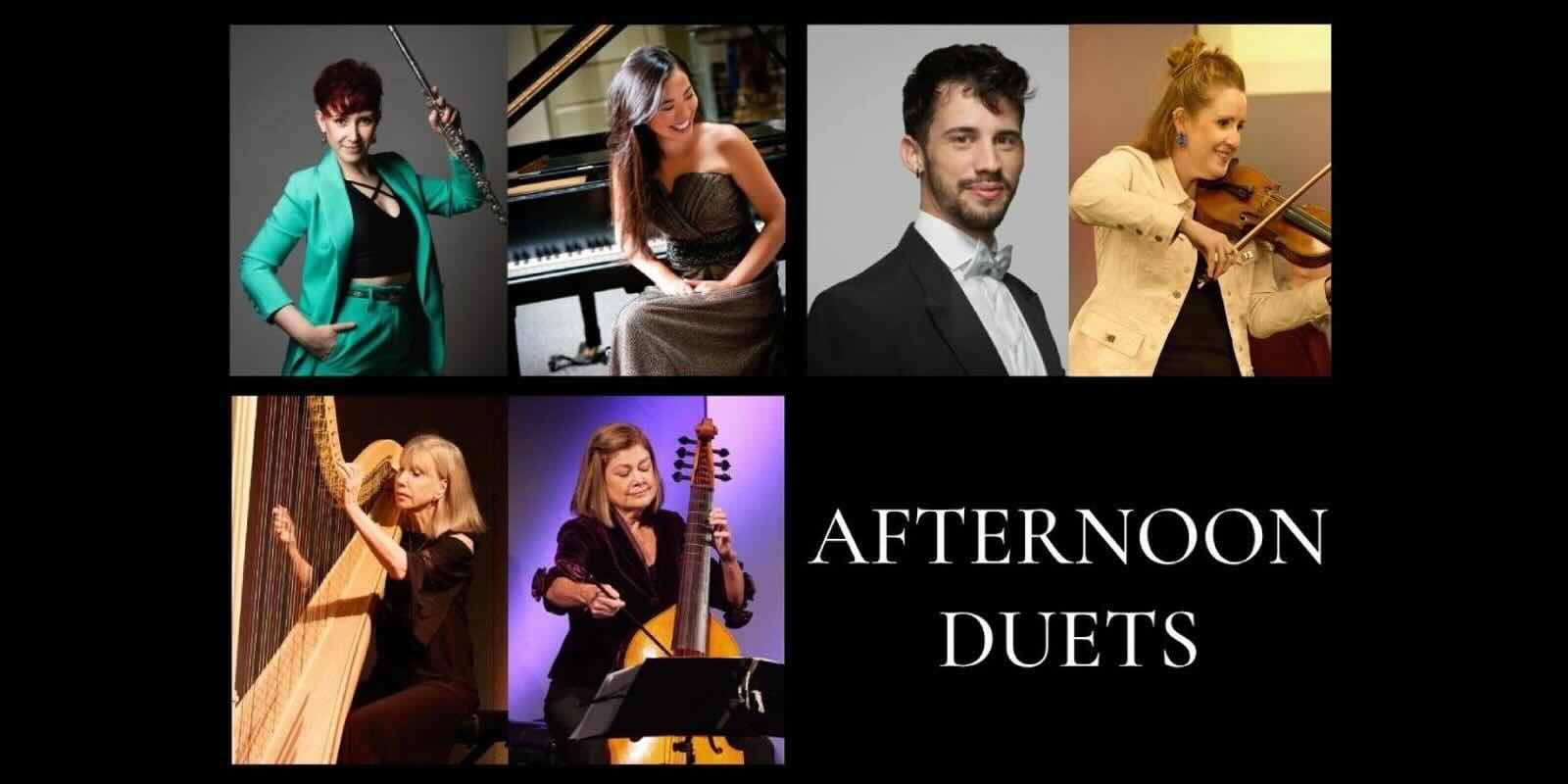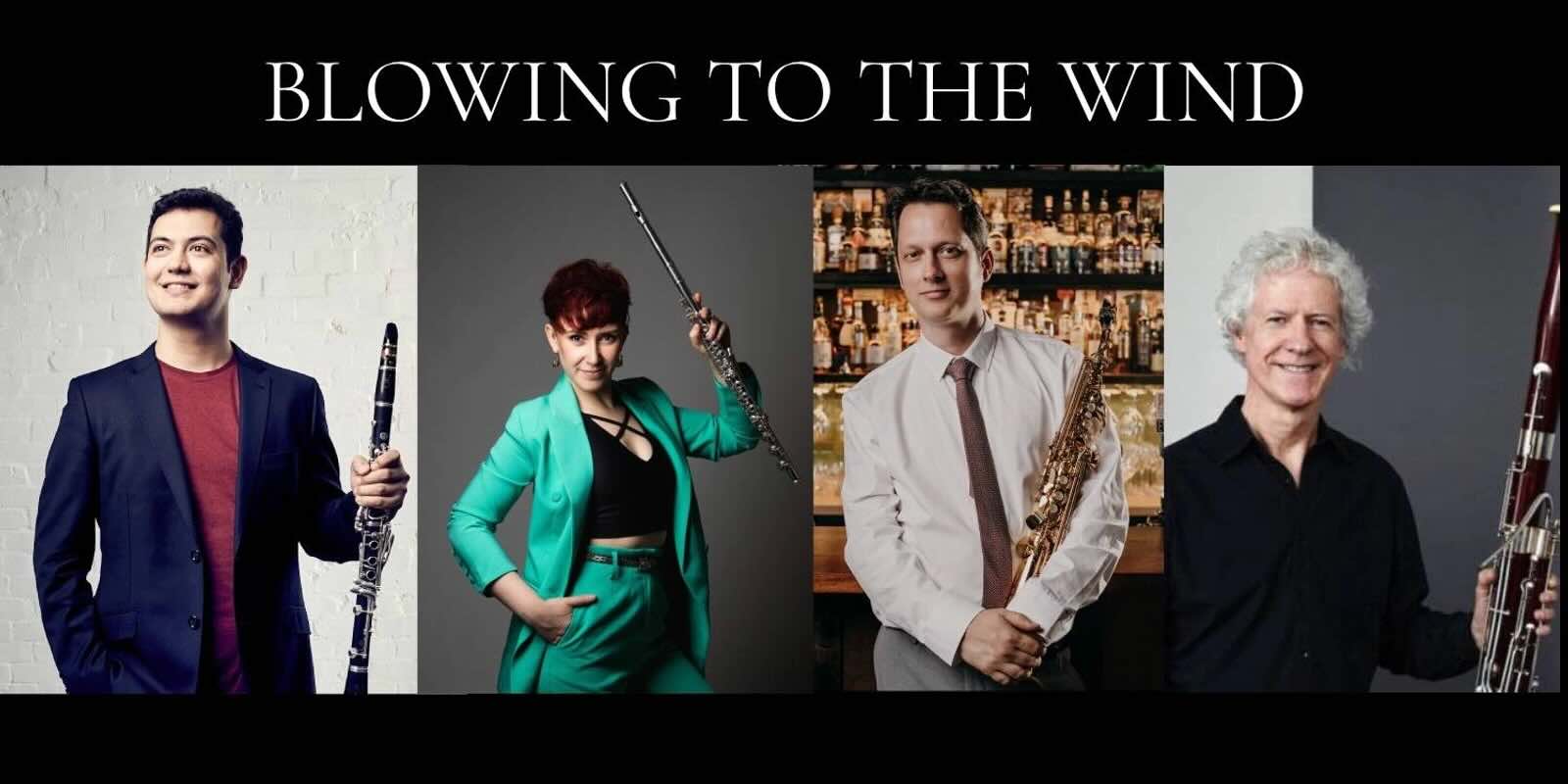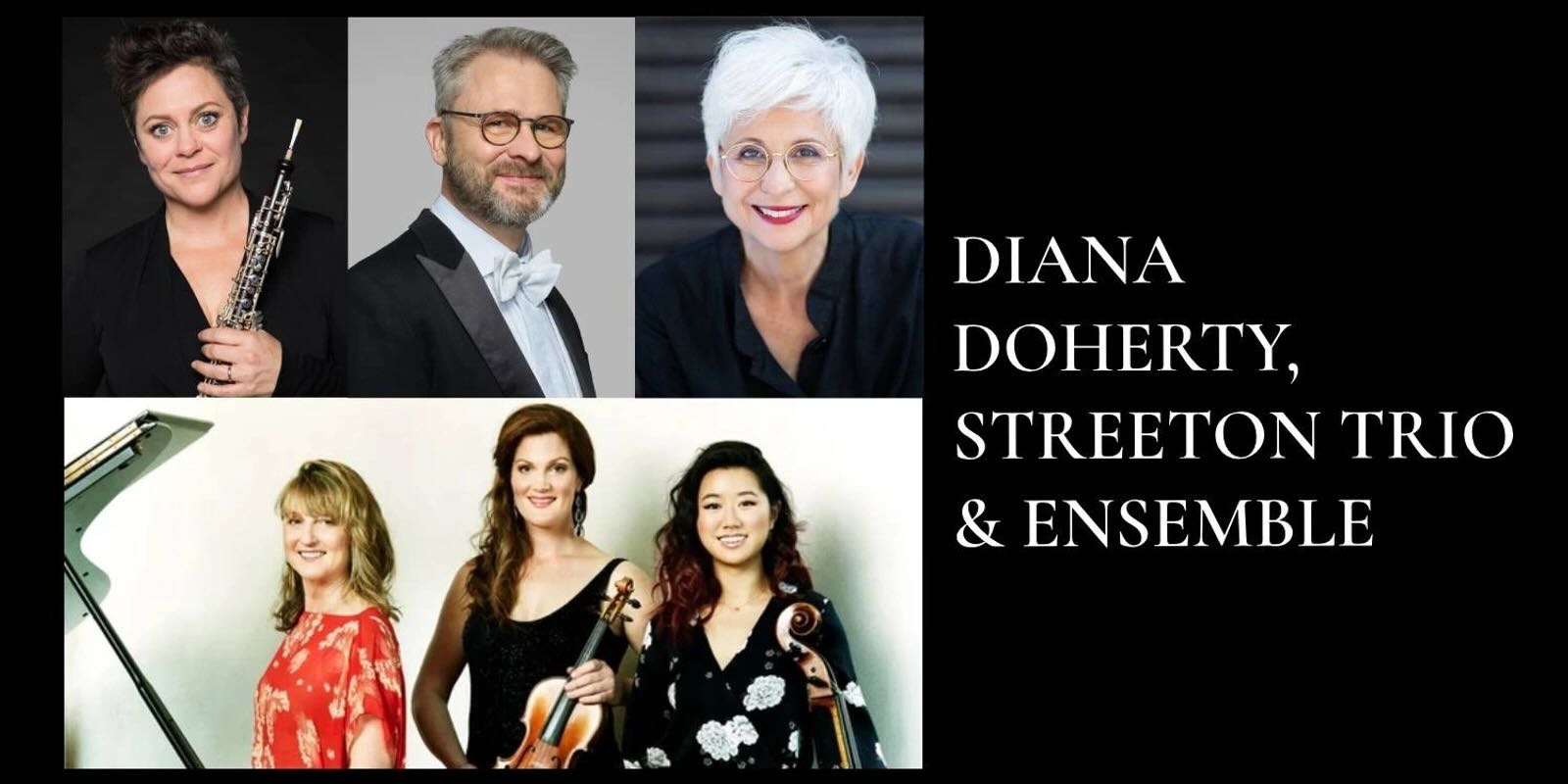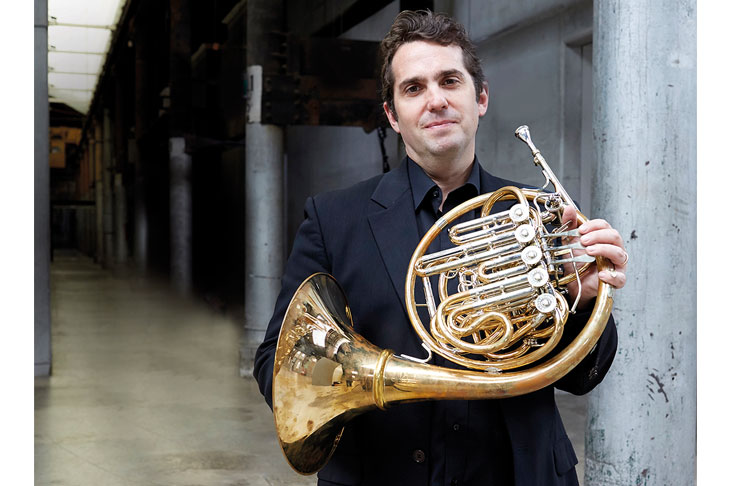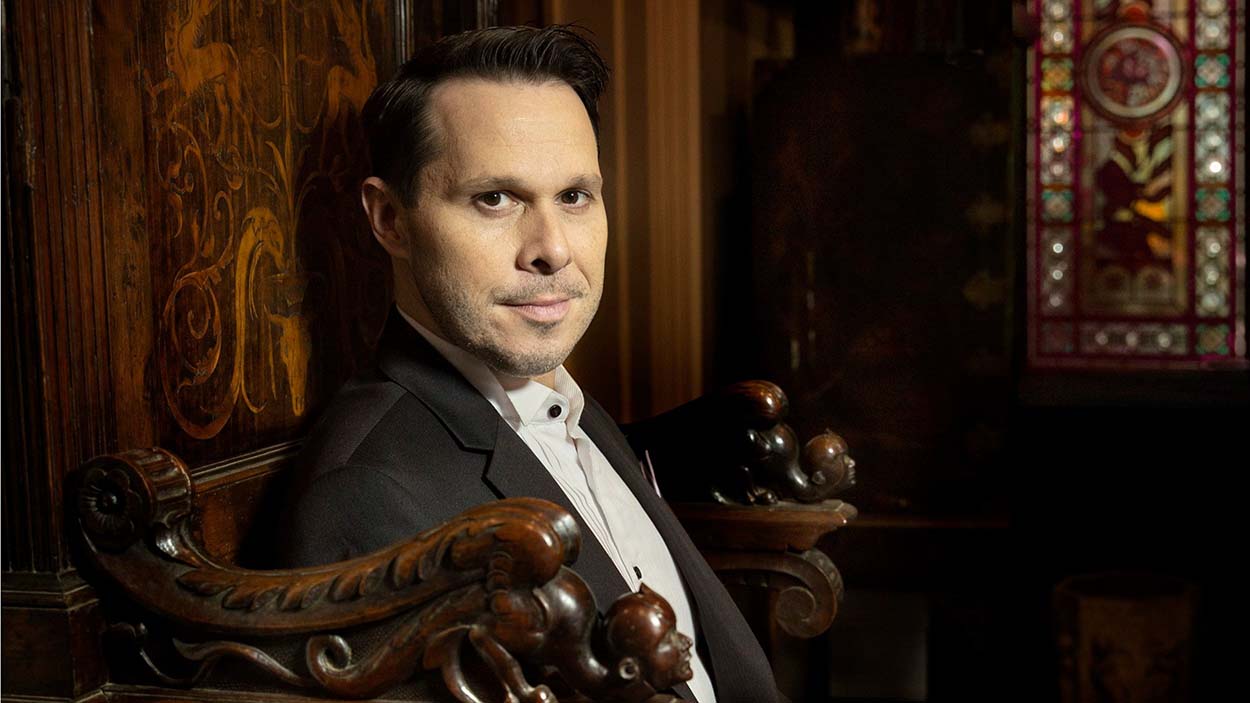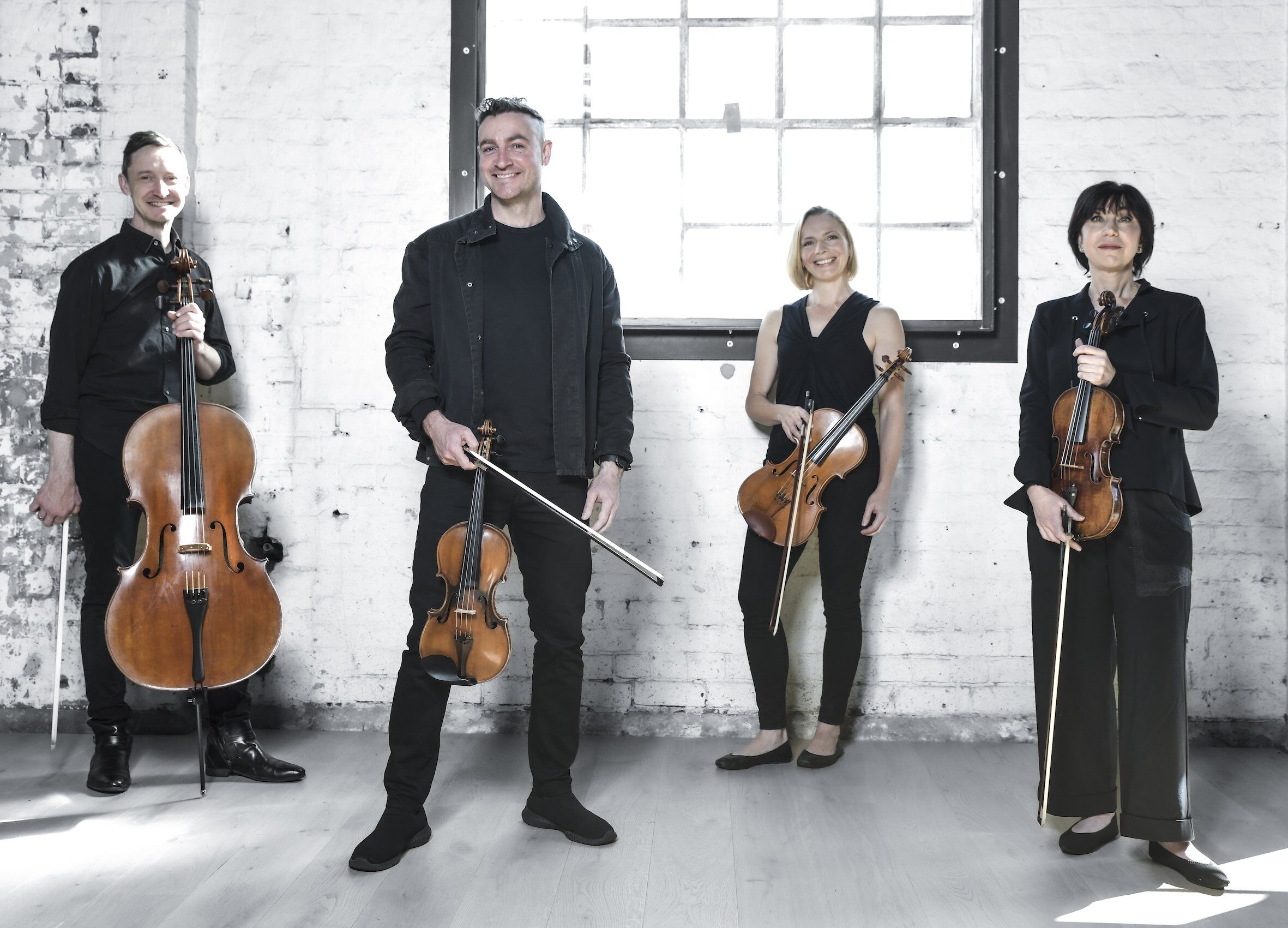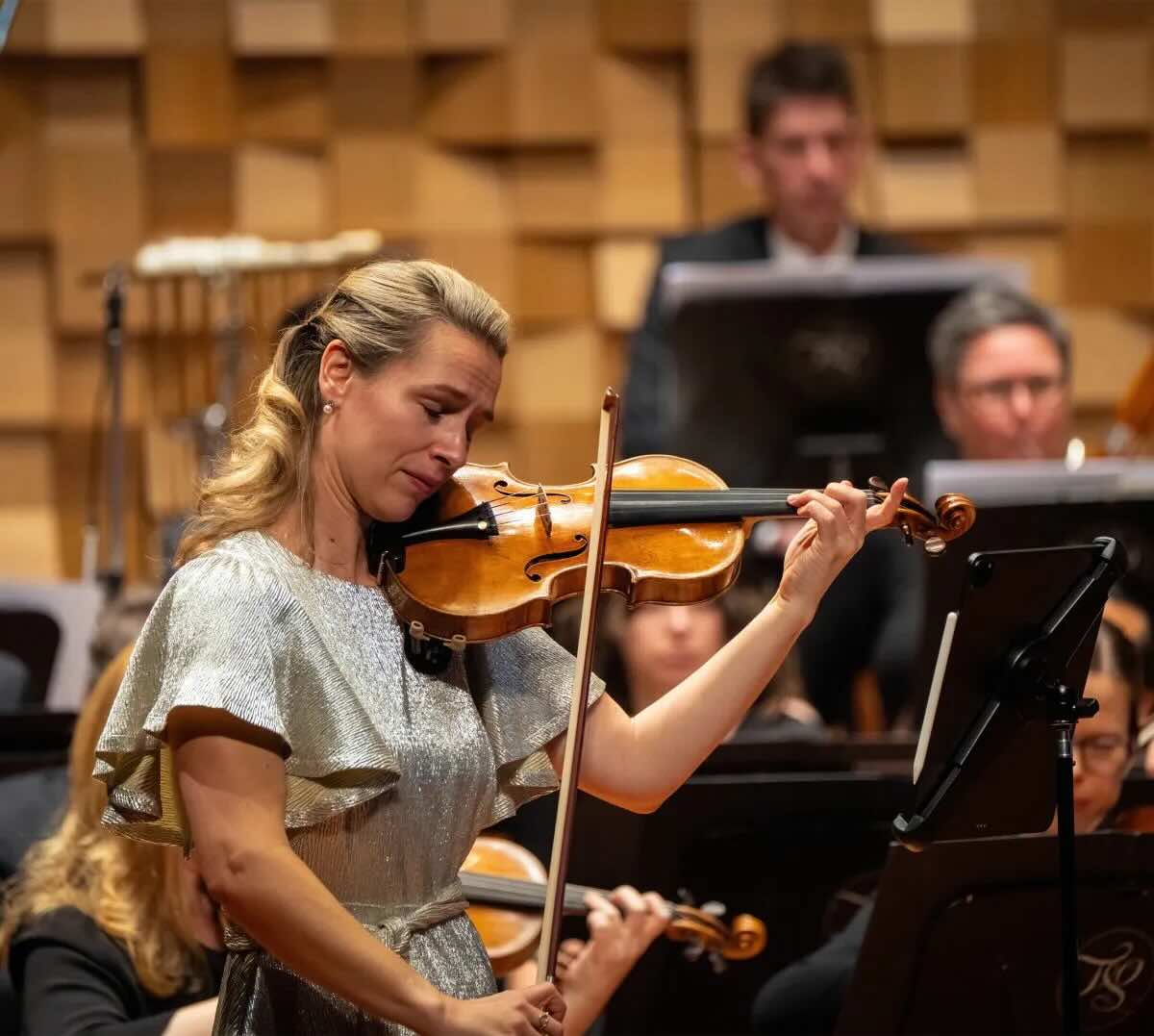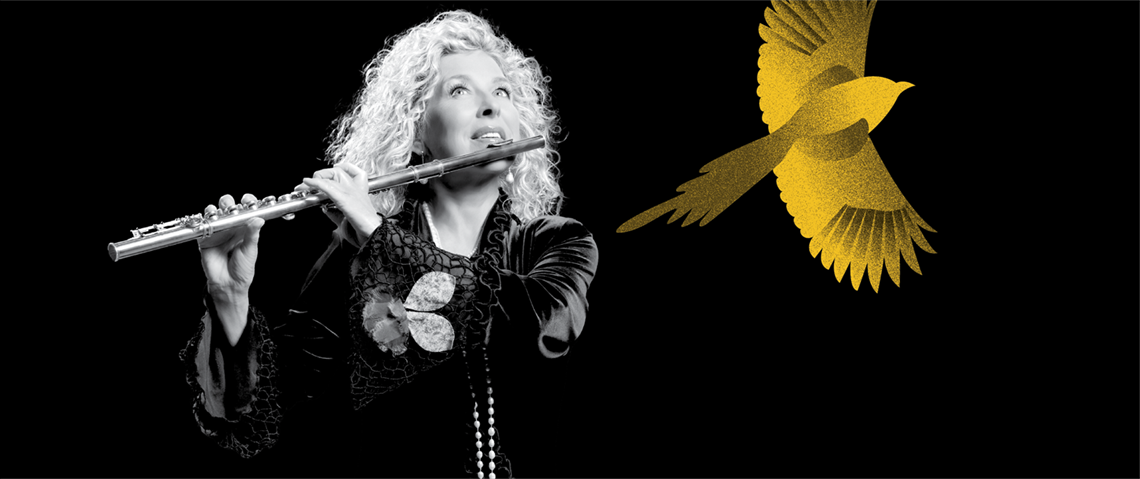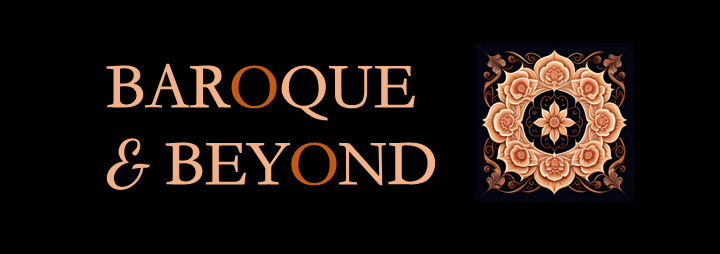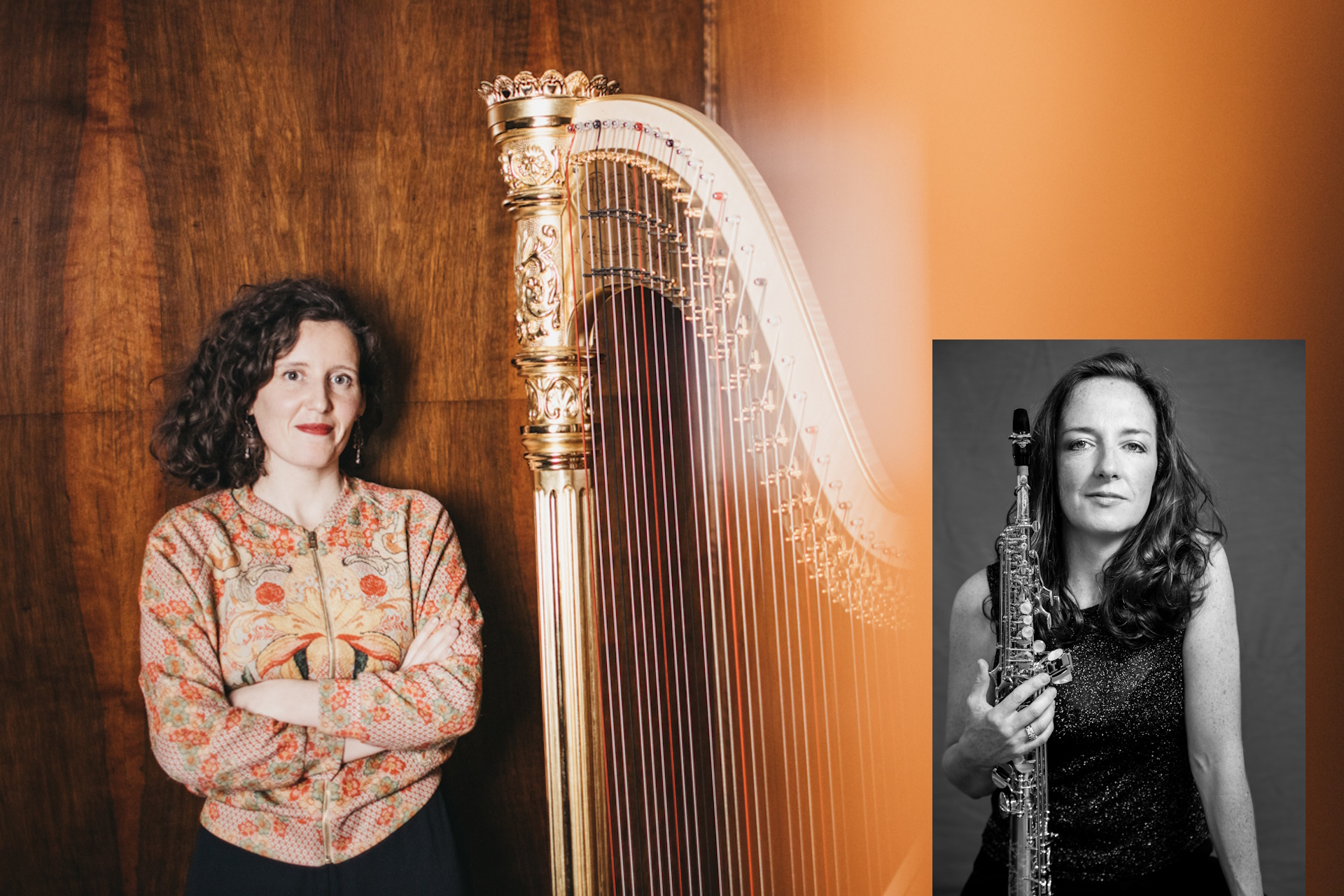Selby & Friends | Joyeux Anniversaire
8 April, 2025, Primrose Potter Salon, Melbourne Recital Centre, VIC
ARTISTS
Daniel Dodds – violin
Julian Smiles – cello
Kathryn Selby – piano
PROGRAM
W.A. Mozart Piano: Trio No 5 in C major K548 – Allegro, Andante Cantabile, Allegro
Alexander Zemlinsky: Piano Trio in D minor op 3 – Allegro ma non troppo, Andante, Allegro
Maurice Ravel: Piano Trio in A minor – Modere, Pantoum (Assez vif), Pasacaillille Tres Large, Final (Anime)
“So much more than very competently played works”
I attended the 2.00pm sitting of this concert and it was wonderful to see a long queue of people 20 minutes before the concert, lining up at the door. This concert was sold out as I imagine the repeat evening concert was. And this is because like me people can anticipate with reliability great performances from Selby and Friends. I was certainly not disappointed with this great programme spanning across just under 130 years of great change in musical style. All three musicians are able to deliver in spades with excellent ensemble, great shaping of the music, so much more than mere playing of the notes, and presentation by way of introducing the pieces by each of the musicians to make for a more intimate experience in the small space of the Potter Primrose Salon. I do hope that Selby and Friends stays within the smaller spaces despite the obvious demand in Melbourne for more, as my preference for chamber music is to have it in smaller spaces.
“always translucent”
I am always delighted by Selby’s range of touch and sounds ranging from delicate precision to full and powerful octaves and chords and everything in between. The many layers of part writing are always translucent with clear attention to phrasing and balance of each part. Smiles also has a great range of sound and the musicianship to come to the fore with strength of sound and when to simply be a reliable bass especially in classical pieces. Dodds dazzled with his smooth tone in the more lyrical sections of the programme, and the virtuosic passage work and fuller tone required for Zemlinsky and Ravel were all handled with an almost nonchalant ease.
The programme was a logical tour through 100 years of trio history and well-chosen in repertoire and programme order. It was a tribute to the 150th anniversary of Ravel’s birth and the neo-classicism of his trio thus complementing the Mozart in terms of structural clarity. “a harmonious balance between form and content”. In a slightly more obscure fashion, the Zemlinsky trio also follows clear structure in larger spans.
“satisfaction and completeness”
Opening with a tutti “unison” of firm deliberate arpeggios, the Mozart trio in C Major (incorrectly listed in the programme as C minor) diverged to individual instruments with their own separate roles. There is a very large piano part and the programme cites “it is a richly textured thoroughly developed piece almost concerto-like in its demands on the pianist”. As usual Selby made light of the technical demands making all the musical passage work sparkle with her lovely touch so well suited to Mozart piano works. The clarity of Dodd’s sweet tone matched with Smile’s solid bass tone kept everything balanced and translucent, so essential in performing Mozart.
The middle andante cantabile was an opportunity for Smiles to shine with beautiful lyrical melodies for the cello. After a first movement of being mostly a supportive bass it was satisfying to hear. With lyrical melodies being passed from one instrument to the other this is simply a delightful movement. There are moments of drama and almost stern foreboding, but the movement always returns to a beautiful lyricism. The final movement is happy and full of witty humour and easy listening as such. Ending with another (although different) arpeggiated unison figure the entire work left one with a feeling of satisfaction and completeness.
With the Zemlinsky trio the programme moved into the huffing and puffing of grand gestures typical of the late romantic period. As introduced by Dodds, this trio has a classical structure although it is purposely obscured by additional episodes as evident in the piano fortissimo extolling completely different material after the brooding opening. This awareness of the structure of the entire work is important to note as it became obvious throughout the work that the perspective and balance of the piece was evident in its performance. Each movement was longer and more substantial than the Mozart trio, but the musicians never lost sight of the structural balance and direction of each movement ensuring that one was interested throughout the entire piece.
Beginning with a brooding texture piano and a melody in octaves in the strings the piano takes over with intensity and large gestures. Succeeding waves of calm and intense music carry the audience through this movement. There is significant interplay between the violin and cello partly playing in octaves and handing melodies over to each other and this was executed seamlessly by Dodds and Smiles.
The rapturous slow movement began with some beautiful balanced tone in the piano and the frequent melodic writing for violin and cello in 3rds and 6ths give parts of this movement a warmth which is contrasted with the more grandiose sections where violin solos were accompanied with the piano’s rippling arpeggios and some pizzicato work in the cello. The wave after wave of contrast in sometimes quick succession was convincingly impressed upon the audience.
The last movement began with a restlessness that resolved quickly to a lyrical interplay between the instruments. This ever-changing palette of serene beauty to restlessness was a hallmark of the movement constantly changing the listeners’ moods in response. The movement ended almost abruptly in a definite and firm upwards gesture in an almost unison cadence in D major.
“great technical demands… never an issue”
Smiles introduced the Ravel after the interval as the “the greatest trio ever written” and emphasised Ravel’s meticulous method of composition. Listed as being composed in 1883, 8 years after Ravel’s birth! It was actually finished in 1914. It is amazing in this trio (and other Ravel chamber works) how orchestrally large the whole work sounds. Using extended techniques for the strings such as left-hand pizzicato glissandos and harmonics and very precise demands on piano pedaling, the work makes great technical demands upon the performers. Naturally this was never an issue with these three musicians. With four movements there is a variety of approaches with the pantoum taken from Malaysian poetry and the passacaille being a baroque form using as its bass line the opening theme of the pantoum. The outer movements are in sonata form with a distinct Basque influence in the first movement derived from a dance form, the zortziko, with divisions into 3+2+3 in the 8/8 time signature.
This was a varied programme that made great technical demands upon the performers as well as exacting a wide range of musical responses to the three works performed. The three works were performed with integrity and as such were faithful to the composers’ intentions. Everything was in its correct place for appropriate treatment of these three trios. The audience were treated to so much more than very competently played works; they experienced a different, beautiful and musical story with each work.

